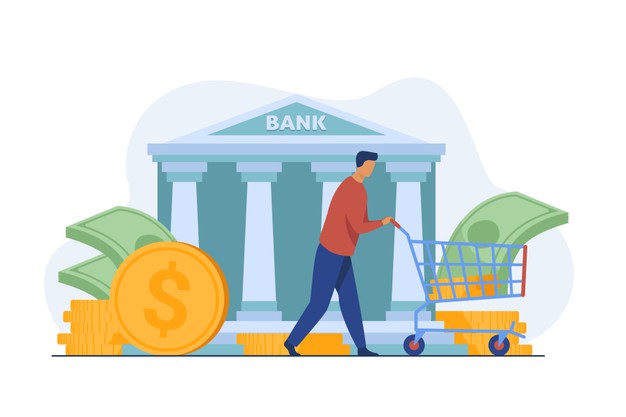Central banks vs COVID-19 (Part 1)
For most of this year, the entire world has been caught in the jaws of a worldwide pandemic of Covid-19. Entire countries have been shut down, and with the unlock measures creating a spike in new cases, many countries have started the second phase of lock downs in a desperate attempt to slow the spread.
Due to the near shut-down of economic activity, there were some amazing things too. There are now Swans in the canals of Venice; pollution rates have hit the lowest level seen in decades, and the fortunate have been able to enjoy more family time with work-from-home options. On the darker side, businesses have struggled, and unemployment has soared to record highs. Many countries are facing severe economic recessions. If not handled well, the meltdown could set the world’s progress by decades.
It is in this situation that governments and central banks around the world have stepped in to help get the economy back to its feet. In a two-art blog series, we are counting the slew of economic revival policy measures set in motion by the top central banks of the world.
The United States of America’s Federal Reserve
America stood at the top of the list for countries with the most cases of COVID-19 (beaten by India this week) for quite a long time, and faced problems of reduced consumer spending, SMEs being affected adversely, and unemployment. The Federal Reserve, the USA’s central bank introduced a few measures to face these issues.
The Federal Reserve, or the ‘Fed’, is not a single organization like the Reserve Bank of India. Instead, it is a network of 12 institutions that operate in major US cities and regulate US lending institutions.Jerome H. Powell, the chair of the Federal Reserve Board of Governors said, “We are deploying these lending powers to an unprecedented extent [and] … will continue to use these powers forcefully, proactively, and aggressively until we are confident that we are solidly on the road to recovery.”
1: Near-zero interest rates
The federal funds rate, like India’s repo rate, is the rate that the central bank charges banks to borrow from one another on an overnight basis. The Fed cut this rate to 0 – 0.25 percent since 3rd March 2020. This is a tool used in the recession of 2007-2009. The Fed has alsosaid that this rate will remain low for a long time to come. This rate is quite important, even to non-Americans, as the US continues to be the world’s biggest consumer, and the dollar continues to be the world’s currency of trade. That is why the Fed’s policy decisions impact everyone including Indian markets that has dependency on dollar investments.
2: Lending support
The Fed also announced up to $2.3 trillion in state support to households, employers, financial markets, and other institutions that have been affected by the lockdown. The Fed also made provisions for direct lending to major corporations, as well as to micro, small and medium-sized enterprises (MSMEs). The Fed also announced support to NGOs—schools, hospitals, social service organizations and other institutions which were in sound financial condition before the lockdown. All these policies will help encourage people to borrow and lend, increasing spending, and thus reviving the economic slump.
India’s The Reserve Bank of India
As India currently tops the list of countries most affected by Covid-19, it has also suffered the worst economic consequences.When the economy is in shambles in many states, people look up to the banks and the RBI to provide some relief. Not disappointingly, the RBI hasintroduced a host of policy changes and methods to revive the economy. Here are the top two moves by the RBI.
1: Rate Changes
Like the way the Fed brought down interest rates, the RBI too announced changes to the repo rate, the reverse repo rate, and the cash reserve ratio torevive India’s economy. As India’s gross domestic product (GDP) is expected to fall by more than 10 percentin 2020, the RBI’s deft manipulation of these rateswill encourage and speed up lending to help bring the economy back up.
The repo rate was cut by 0.75 percent,to 4.4 percent. The reverse repo rate was cut down by 0.9 percent, to 4 percent. The Cash Reserve Ratio (CRR), which determines the percentage of deposits required to be held by banks as reserves—was reduced to 3 percent, meaning that 97 percent of all deposits were now free to be circulated back into the economy as loans to various seekers.
2: Capital Financing
To help big and small companies survive the severe drop in demand and supply, the RBI also announced that working capital financing and loans would be made even more easier. A moratorium on loans was announced, and even extended to give relief to those who are unable to pay loans because of a salary cuts or job losses due to the lockdown. Further, India also extended moratorium on loans and even approved a rollback on the increased interest rates due to the moratorium as part of the government’s relief package. It is important to note that all these moves were calculated in such a way that they do not result in an asset classification downgrade.

